With its distinctive ragged red pods and creamy yellow arils, ackee (Blighia sapida) is a fruit that demands attention—both for its flavor and its storied history. Known primarily as the star ingredient in Jamaica’s national dish, ackee and saltfish, this tropical fruit has found a special niche among gourmands, wellness seekers, and diaspora communities alike.
But when we ask, which country leads the world in ackee production? the answer is clear: Jamaica. In this article, we’ll explore ackee’s journey from West Africa to Jamaican icon, delve into its cultivation, export dynamics, economic impact, cultural significance, and future outlook.
Origins and Global Introduction
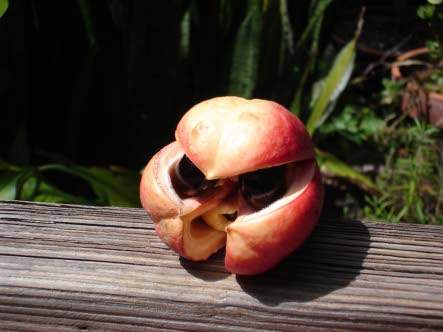
Ackee is native to tropical West Africa, where the fruit has long been valued for both food and traditional medicine polarismarketresearch.com+3jamaicaobserver.com+3jamaica-gleaner.com+3sciencedirect.com+11en.wikipedia.org+11caribune.com+11epicureanearth.com. It was introduced to Jamaica in the 18th century—likely via enslaved West Africans—and has since thrived in Jamaica’s climate, becoming a beloved culinary staple .
Jamaica: Home and Heart of Ackee
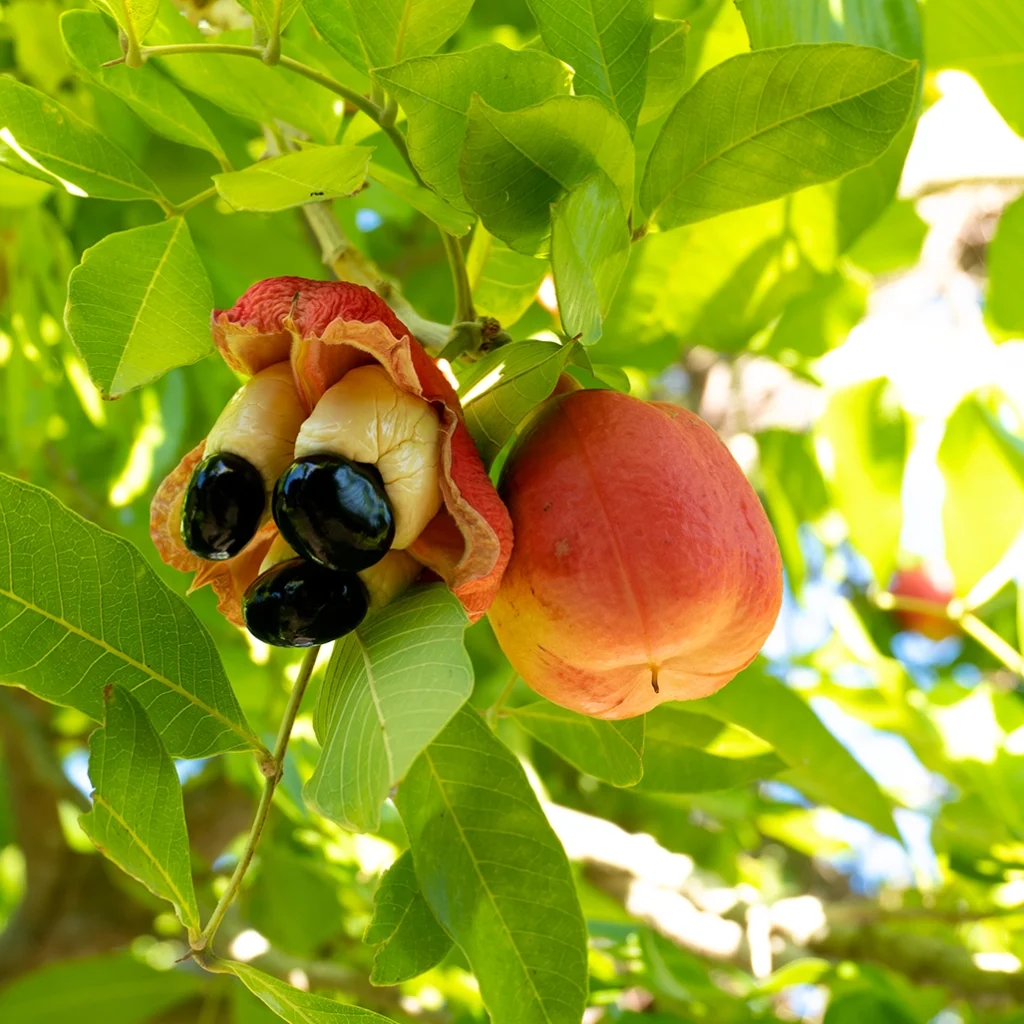
Though ackee is found in other tropical locales today—such as Haiti, Belize, Trinidad, and parts of Florida—it is in Jamaica where the fruit is produced commercially at scale and exported successfully .
Scale of Production & Exports
- Fresh ackee exports in 2022 earned US $33,000, while canned ackee brought in approximately US $24.9 million en.wikipedia.org+6jamaicaobserver.com+6polarismarketresearch.com+6.
- The annual canned ackee market contributes significantly to Jamaica’s national exports—US $35 million between 2006–2009—and continues to rise epicureanearth.com.
Cultivation & Harvest Cycles
- Trees fruit twice yearly: January–March (winter crop) and June–August (summer crop) epicureanearth.com+1www3.paho.org+1.
- Under the New FACE of Food Initiative, Jamaica aims to establish 1,000 acres of commercial ackee orchards to further scale production and stability www3.paho.org+14jamaicaobserver.com+14jamaica-gleaner.com+14.
Economic and Social Impact
- The ackee sector supports 3,000 direct and 6,000 indirect jobs in farming, processing, and export sciencedirect.com+1epicureanearth.com+1.
- It’s a vital rural income source, especially in key parishes like St. Elizabeth and Clarendon jamaica-gleaner.com+2jamaicaobserver.com+2polarismarketresearch.com+2.
Cultural & Culinary Significance
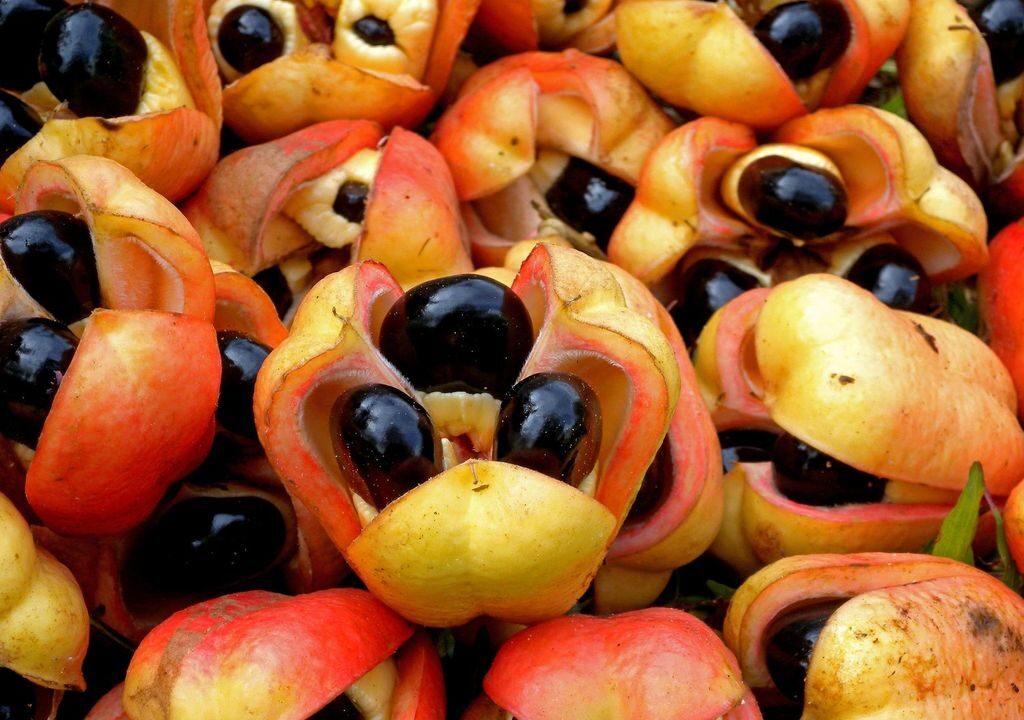
In Jamaica, ackee isn’t just a crop—it’s culture:
- Featured in the folk poem “Linstead Market”: “Carry mi ackee go a Linstead Market” growables.org+2opm.gov.jm+2en.wikipedia.org+2.
- It’s the main ingredient in the national dish ackee and saltfish, often eaten by legends like Usain Bolt reddit.com+5en.wikipedia.org+5caribune.com+5.
- The arils’ creamy, egg-like texture earned them the nickname “egg fruit” in diaspora communities specialtyproduce.com+5caribune.com+5sciencedirect.com+5.
Safety Profile: Ripeness Is Essential
Unripe ackee contains potent toxins—hypoglycin A & B—which can cause Jamaican vomiting sickness, a potentially fatal hypoglycemia jamaica-gleaner.com+15en.wikipedia.org+15caribune.com+15.
Safe consumption requires:
- Pods splitting naturally on the tree caribune.com.
- Discarding rind, seeds, red membrane (toxic parts) caribune.com+1en.wikipedia.org+1.
- Boiling arils before use polarismarketresearch.com+9caribune.com+9en.wikipedia.org+9.
- Complying with FDA regulations to ensure toxin limits are safe for export .
This expertise in handling ackee safely underpins Jamaica’s global export success.
Global Presence and Competition

While Jamaica dominates ackee production and export, other countries like Haiti, Belize, and Trinidad produce ackee for both domestic use and export opm.gov.jm+12epicureanearth.com+12jamaicaobserver.com+12sciencedirect.com.
However, Jamaica remains the largest exporter, particularly of canned ackee, often endorsed through trademarked brands and rigorous quality control.
Market Growth & Future Outlook
Rising Market Demand
- The global ackee market—driven by canned and fresh segments—is projected to expand from US $15 million in 2022 to over US $35 billion by 2032, with a 3 % annual growth rate polarismarketresearch.com.
New Partnerships & Infrastructure
- Jamaica is forming public-private partnerships to develop orchard, processing, and cold-chain infrastructure across all parishes jamaicaobserver.com.
Government & Industry Support
- Initiatives like New FACE of Food are driving organized cultivation, farmer incentives, and improved farm-to-market systems jamaica-gleaner.com+2jamaicaobserver.com+2polarismarketresearch.com+2.
Diversified Value Chain
Beyond canned ackee, potential lies in:
- Fresh ackee exports
- Freeze-dried arils
- Snacks, oils, beverages
- Functional foods
These possibilities align with global consumer trends toward exotic, healthful foods.
Conclusion: Jamaica’s Unmatched Legacy
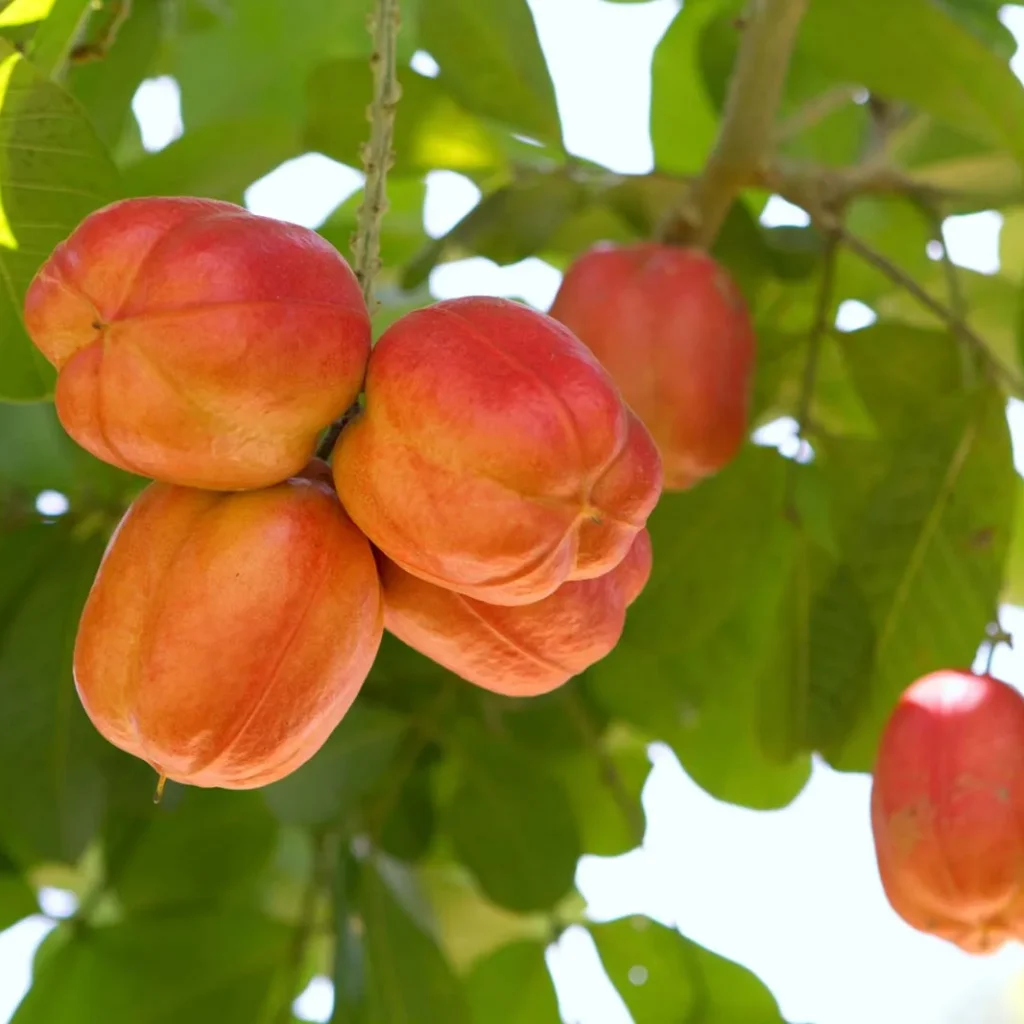
In answering “which country is the largest ackee producer?”, the answer is unequivocally Jamaica—the birthplace of commercial ackee, guardian of its culinary secrets, and steward of its safe, global distribution. While other nations grow ackee, Jamaica’s scale, tradition, regulatory framework, and renewed investment make it the world’s ackee authority.
As Jamaican orchard density grows and export infrastructure scales up, ackee is ripe for world-stage reinvention—rooted in heritage, powered by innovation.

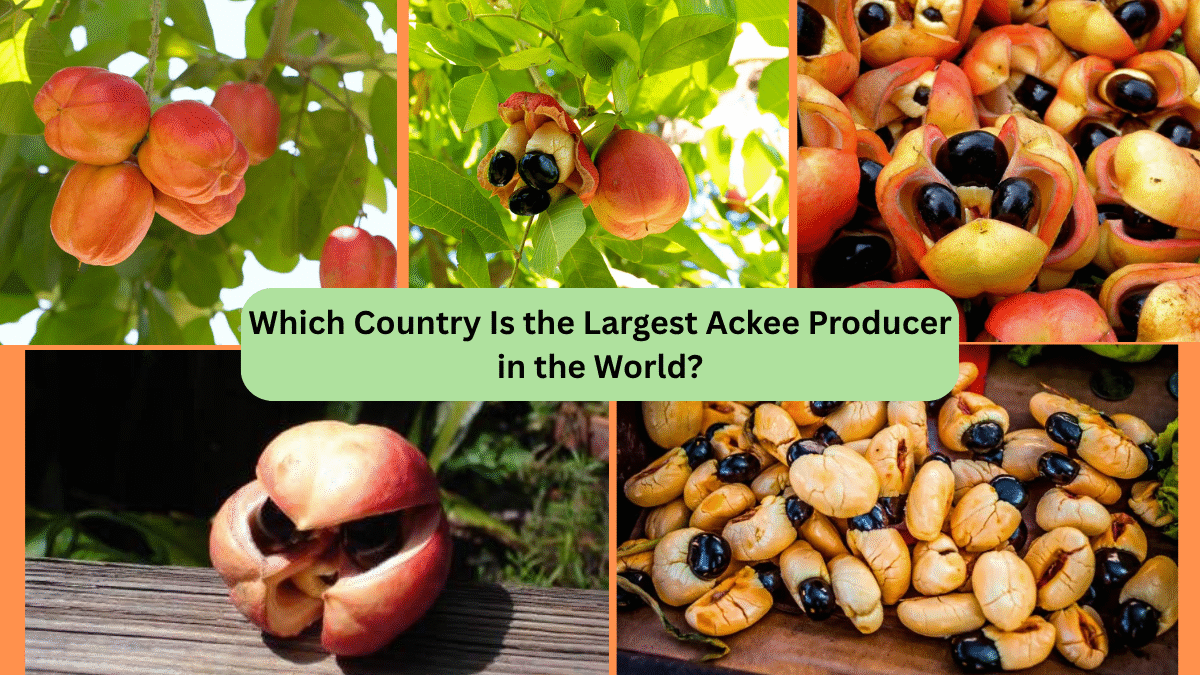



Leave A Comment